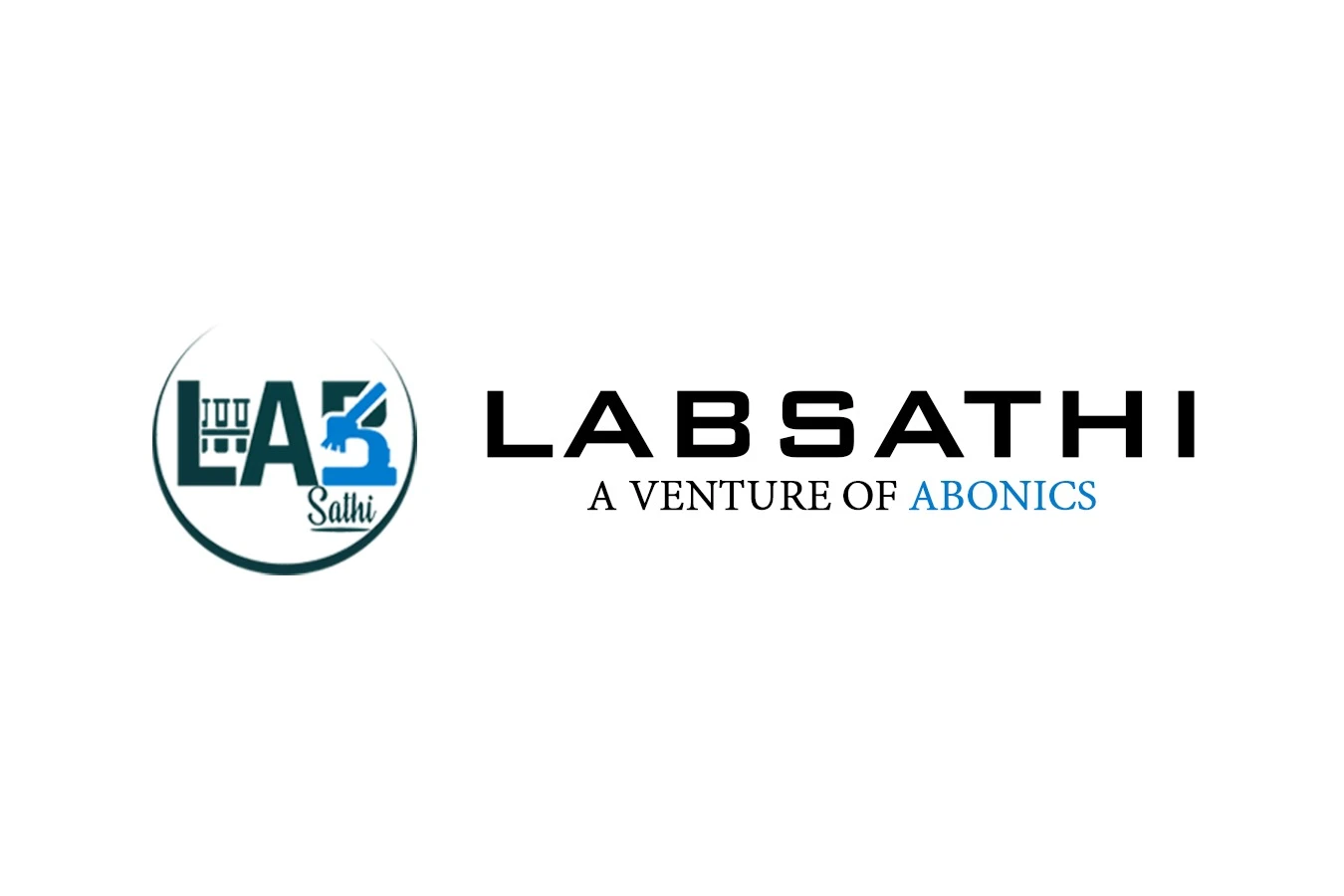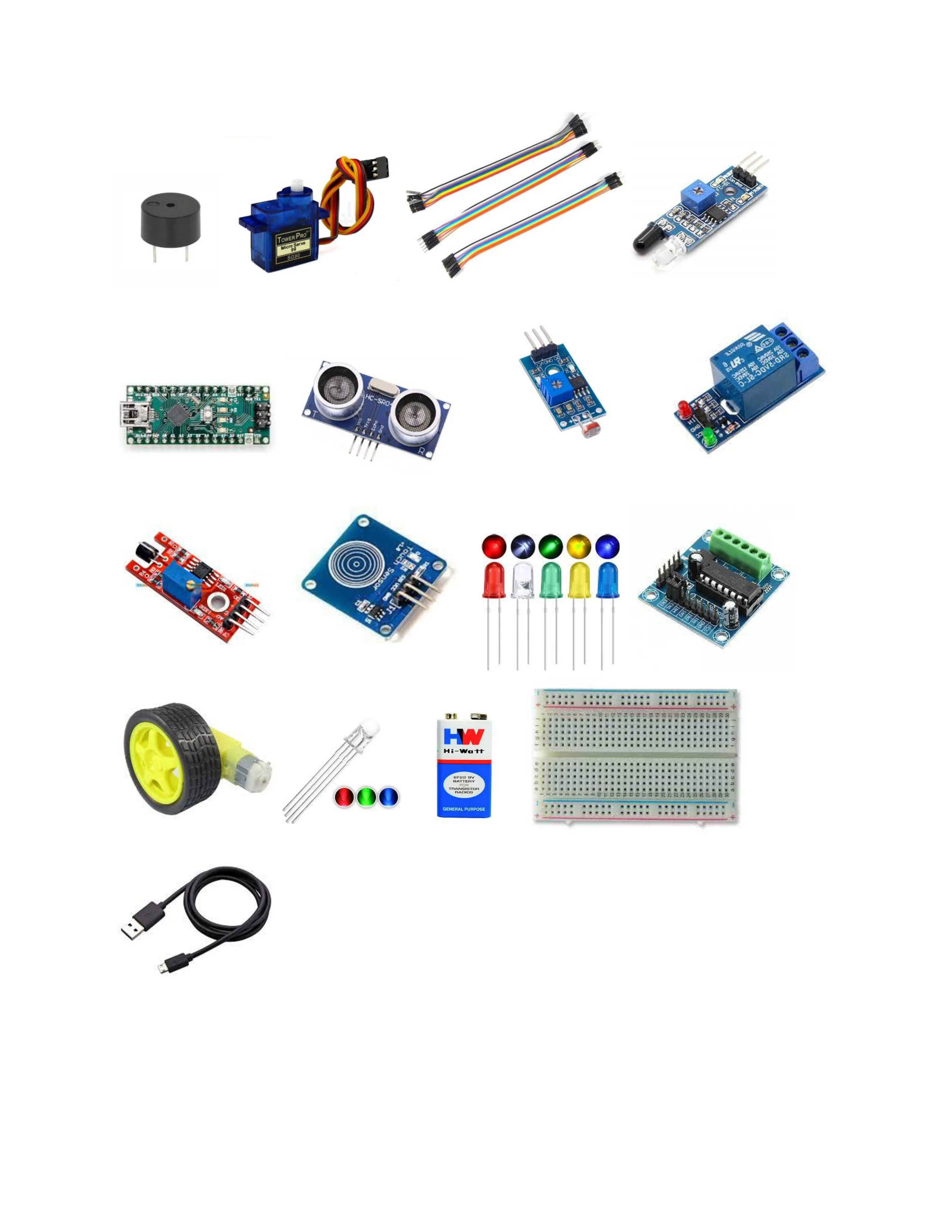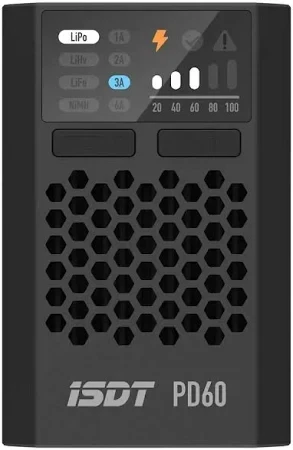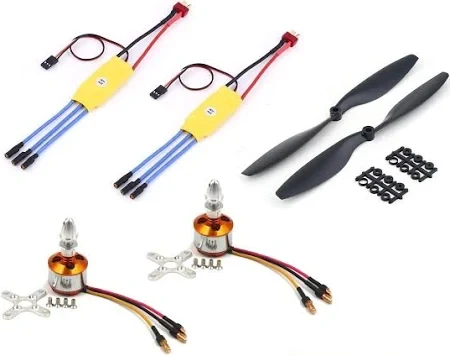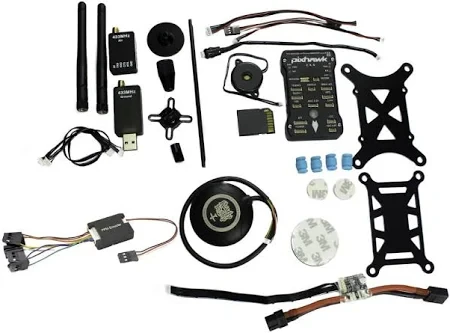The Coral USB Accelerator is a compact USB-based machine learning inference accelerator designed by Google’s Coral division. It includes the Edge TPU coprocessor (ASIC) that allows users to offload TensorFlow Lite model inference tasks from a host CPU, improving throughput, reducing latency, and lowering energy consumption. It is ideal for researchers, embedded systems engineers, robotics/IoT developers who want a plug-and-play way to add AI inference capabilities to existing platforms (e.g. SBCs like Raspberry Pi, Linux machines, or PCs).
Technical Specifications| Spec | Details |
|---|
| ML Accelerator Type | Google Edge TPU coprocessor ASIC (optimized for int8 inference) | | Peak Performance | ~ 4 TOPS (Tera-operations per second) for int8 operations | | Efficiency | ~ 2 TOPS per watt (i.e. ~ 0.5 W per TOPS) under typical conditions | | Connector / Interface | USB Type-C (data + power) using USB 3.0 / USB 3.1 Gen1 (5 Gbps) cable/port recommended for optimal performance. | | Dimensions | ≈ 65 mm × 30 mm footprint | | Supported Host Platforms / OS | Debian Linux (x86-64, ARM 32/64), macOS (recent versions), Windows 10 (and later) | | Supported ML Frameworks / Model Format | TensorFlow Lite; models must be compiled to Edge-TPU compatible TFLite format using the Edge TPU compiler. | | Power Requirements | Draws power over USB; performance may depend on whether USB port can supply sufficient current. Using a USB 3.0 port is recommended. Lower performance over USB 2.0. | | Use of MCU / Microcontroller | On-board small microcontroller / MCU (Cortex-M0+ or similar) for board control, firmware, etc. (not for model inference) |
Features & Strengths
-
Low latency on-device inference: Enables many vision / audio ML tasks to run locally, reducing or eliminating reliance on cloud inference. Good for real-time applications.
-
Plug-and-play with existing systems: Works via USB, so many systems (PCs, Raspberry Pis, embedded Linux, etc.) can adopt it with minimal hardware changes.
-
Highly energy efficient: Because of the int8 Edge TPU design, many models run with much less power compared to full GPU or CPU inference.
-
Supports standard ML toolchain: Using TensorFlow Lite and the Edge TPU compiler; users can convert/optimize existing models.
-
Portable / small footprint: Small, form-factor convenient for embedded projects, robotics, field deployment.
Limitations / Operating Parameters
-
Inference limits: The Edge TPU only supports inference of models quantized to int8, so full-precision (float32) models need to be converted / quantized, which may reduce accuracy somewhat if not handled well.
-
USB bandwidth / host limitations: If plugged into a USB 2.0 port, or if the cable is of poor quality, performance will degrade significantly. Use USB 3.0-capable ports for best results.
-
Thermal and sustained load: For very frequent inference, thermal build-up and host scheduling overhead may limit sustained frames per second.
-
Model size limitations: There is a limit on the size of the compiled model that can be loaded into the Edge TPU’s internal storage. Very large models may not fit or require splitting.
-
Driver / runtime / compatibility: Needs correct drivers/runtime on host OS; occasionally versions mismatch, or host OS kernel updates may temporarily break support.
Common Use Cases
-
Image / video classification, object detection, face recognition, person / object tracking on embedded devices (e.g. Raspberry Pi + camera) where low latency is required.
-
Edge AI for IoT: Smart sensors, smart cameras, surveillance, environmental monitoring, anomaly detection without needing cloud.
-
Robotics: For vision pipelines (e.g., obstacle detection, marker detection) to reduce latency and free host CPU.
-
Audio / speech detection: Accent / keyword detection models that are compact and quantized.
-
Prototype development & teaching: University labs can use this to teach model quantization, inference, embedded AI with minimal hardware overhead.
|
